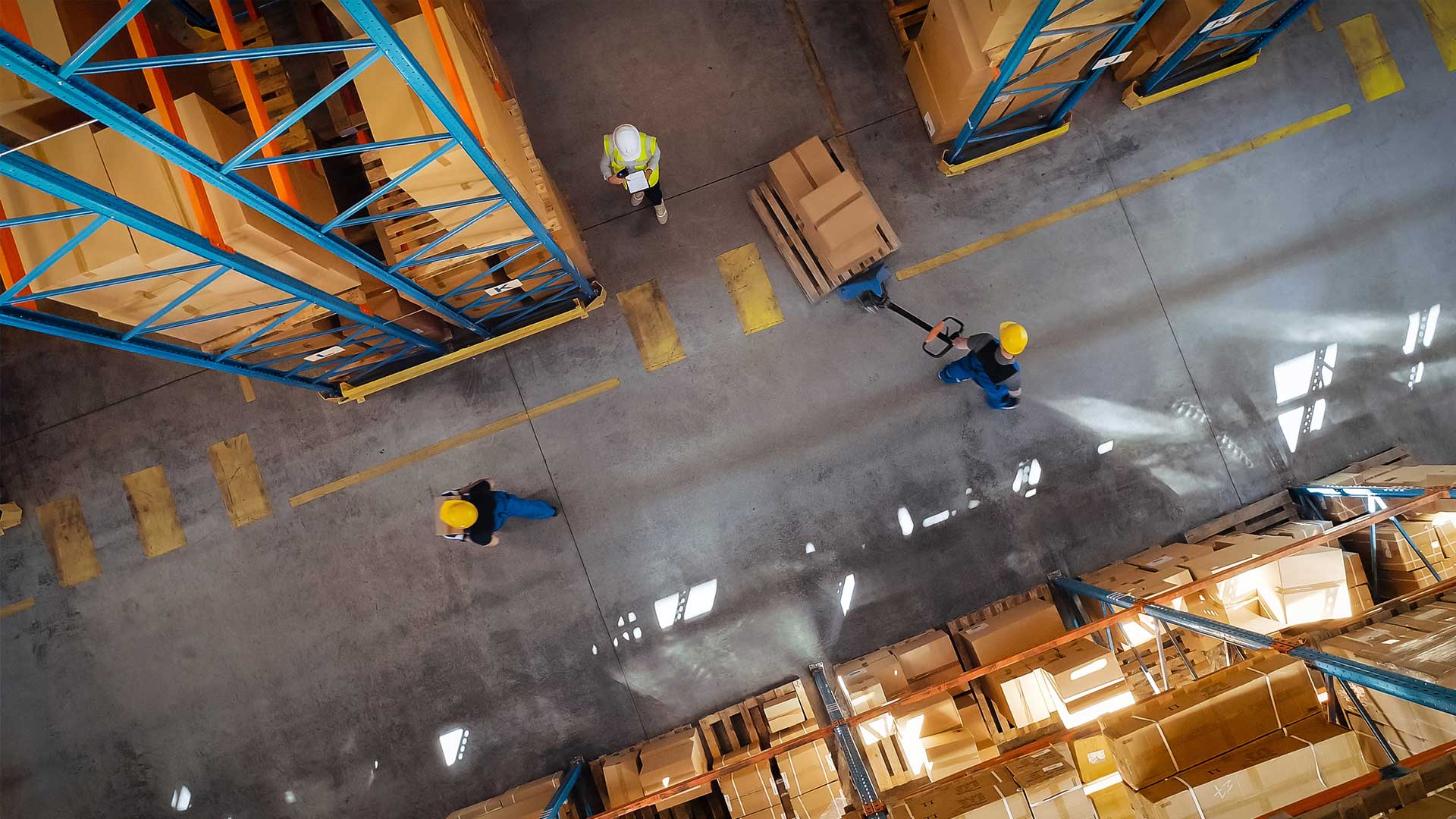In the 7th annual State of the North American Survey, 76% of our respondents said they will ship more this year (an all-time high for our survey). We also gave shippers a list of 20 different services and asked them to select the ones they used in 2021. All but one service saw a slight decline in use compared to 2020. Ninety-six percent of respondents said they used less-than-truckload (LTL) services in 2021. That marked a 2 percentage point uptick from the previous year.
In line with the expectations for truckload rates, shippers also anticipate an increase when it comes to their LTL shipments this year. Of those surveyed, 71% predicted that LTL rates will edge higher in the months ahead. That’s an 11 percentage point increase compared with the previous year and an all-time high in our survey’s history.
As seen with other areas of the supply chain, strong demand and labor shortages are contributing to ongoing challenges with LTL rates and capacity. However, the good news is that it is relatively less challenging to recruit and retain LTL drivers since these drivers generally serve a smaller area and can be home daily. However, there can still be other potential issues that seemingly pop up out of nowhere that can impact the LTL market.
When Texas-based Central Freight Lines shuttered its doors last December, it sent many of its former shippers scrambling to find service and capacity during one of the busiest times of the year. While many carriers, including Averitt, were able to absorb a good amount of the volume, not all businesses could be accommodated in the short term.
The year ahead for LTL shippers may be reminiscent of 2021 as shippers vie for capacity within a strained and complicated freight environment. Still, it would serve shippers to lean on their LTL partners to build stronger and more dependable alliances in 2022.
This article is part of a series taken from our Annual Shipper Survey Results Issue of Point to Point. You can click here to down the issue in its entirety for free!








